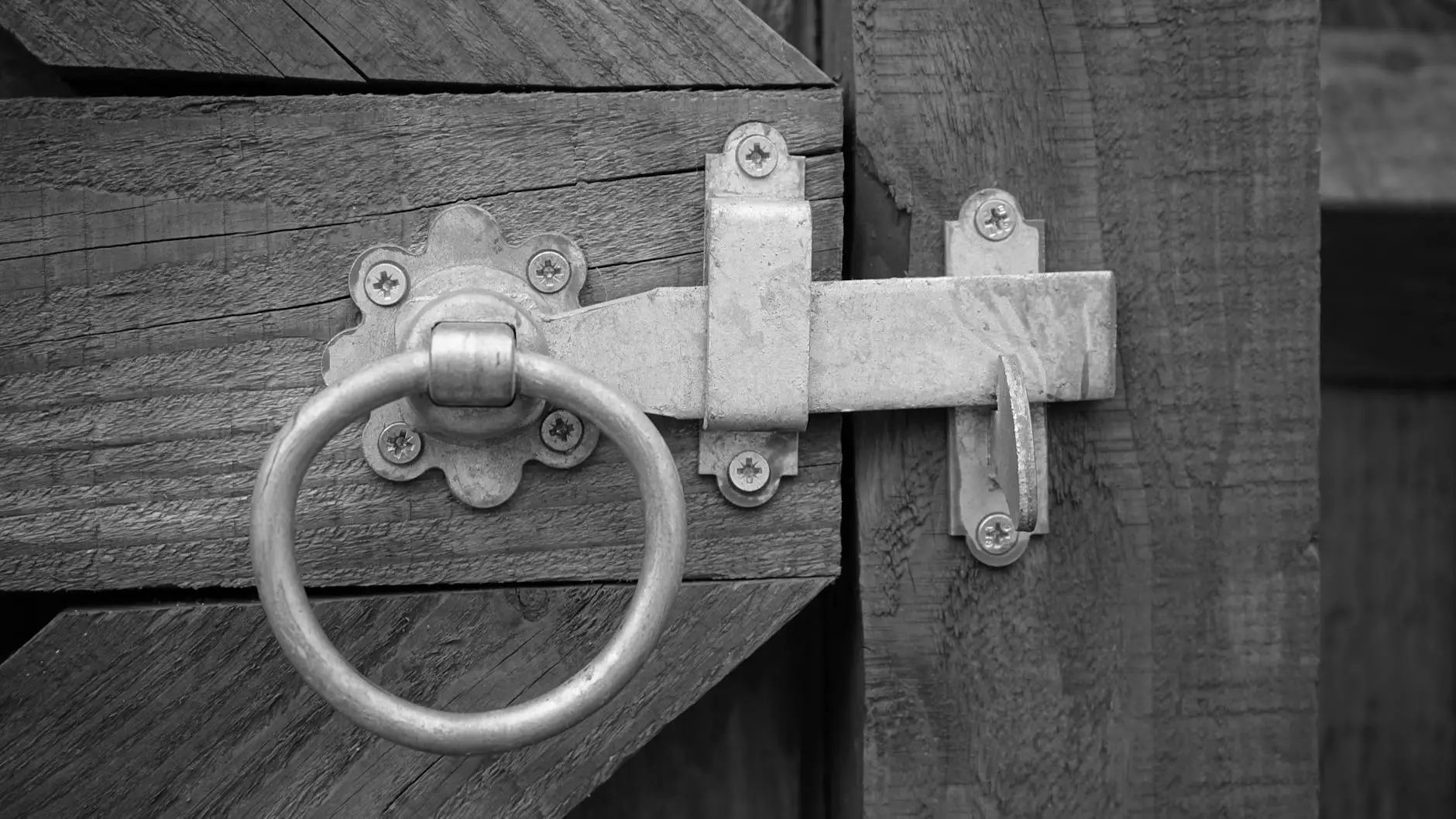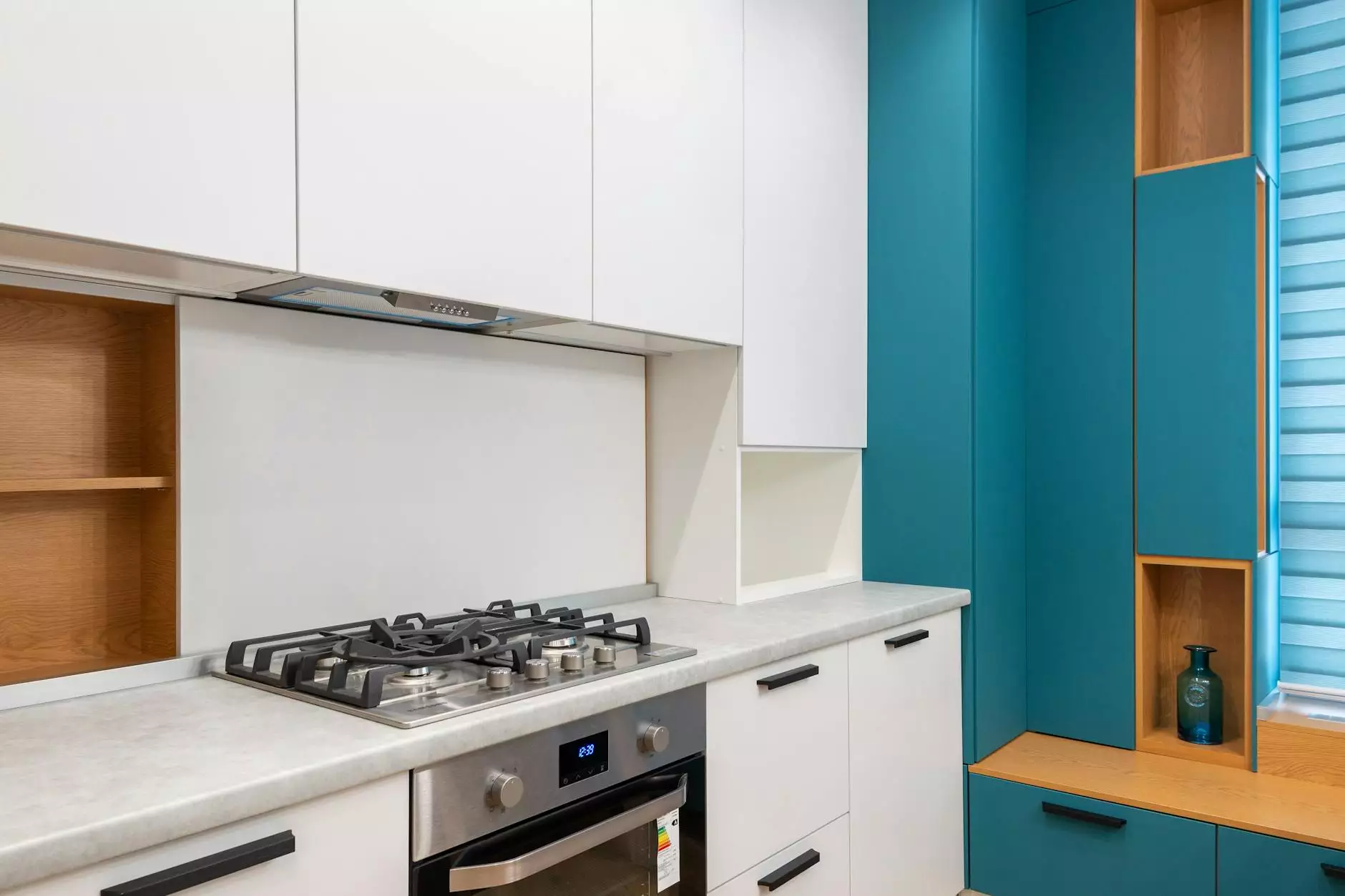Simple Mold Making Lost Wax or Cold Cast Resin

Welcome to Flare Furnishings, your go-to resource for all your furniture and decor needs. In this comprehensive guide, we'll walk you through the process of making a simple 2-part mold using the lost wax or cold cast resin techniques. Whether you're a DIY enthusiast or a professional artist, understanding mold making can open up endless creative possibilities. Let's dive in!
What is Mold Making?
Mold making is a technique used to replicate objects by creating a mold that captures their exact shape and texture. By using molds, artists and craftsmen can easily reproduce intricate details and produce multiples of their original artwork or object. The lost wax and cold cast resin methods are two popular approaches to mold making.
Lost Wax Method
The lost wax method, also known as the investment casting process, has been used for centuries to create detailed metal sculptures, jewelry, and more. Here's how it works:
- Creating the Original Model: Start by sculpting or carving your desired object using a material like clay or wax.
- Making the Mold: Apply multiple layers of a silicone-based mold material around the original model. This mold material will capture all the intricate details of your object.
- Curing and Removing the Mold: Allow the mold material to cure completely, then carefully remove it from the original model, creating a negative space that perfectly matches your object.
- Wax Injection: Inject liquid wax into the mold, filling the negative space. The wax will take the shape of your original model.
- Creating the Mold Shell: Next, surround the wax replica with a heat-resistant mold shell made of plaster or other suitable materials.
- Burning Out: Heat the mold to melt and remove the wax, leaving behind a cavity that can be filled with molten metal.
- Metal Pouring: Pour molten metal into the mold cavity and let it cool and solidify.
- Finishing: Break the mold shell and remove any excess material to reveal your final metal casting. Polish and refine it as desired.
Cold Cast Resin Method
The cold cast resin method is a versatile approach that allows you to achieve realistic metal finishes without the need for high-temperature melting processes. Here's how it works:
- Creating the Original Model: Similarly to the lost wax method, start by sculpting or carving your object using materials like clay or wax.
- Making the Mold: Apply multiple layers of a silicone-based mold material around the original model to create a mold with all the intricate details.
- Curing and Removing the Mold: Once the mold material is fully cured, carefully remove it from the original model, resulting in a negative space mold.
- Preparing the Resin: Mix a high-quality resin material with metal powders or other additives to create a blend that resembles the desired metal finish.
- Pouring the Resin: Pour the resin mixture into the mold, ensuring it evenly fills all the crevices and details for a precise reproduction.
- Curing and Demolding: Allow the resin to cure according to the manufacturer's instructions, then carefully demold your cold cast resin replica.
- Finishing: Sand, polish, and apply surface treatments to enhance the appearance of your cold cast resin piece, creating a stunning metal-like finish.
Tips for Successful Mold Making
Now that you have a basic understanding of the lost wax and cold cast resin methods, here are some expert tips to help you achieve successful results:
1. Choose the Right Mold Material
Depending on the complexity of your object and the desired end result, select a mold material that suits your needs. Silicone-based molds are popular for their flexibility, durability, and ability to capture fine details. Be sure to research and select the appropriate mold material for your specific project.
2. Follow Proper Safety Precautions
Whenever you're working with materials like wax, resin, or molten metals, it's crucial to prioritize safety. Wear protective gloves, goggles, and clothing to avoid any accidents or skin irritations. Work in a well-ventilated area to minimize exposure to fumes or harmful substances.
3. Take Your Time with the Original Model
The quality and precision of your original model will greatly impact the final result. Spend time refining your sculpture or carving, ensuring it has smooth surfaces, crisp details, and the desired shape before proceeding with the mold making process.
4. Use Release Agents
To prevent the mold material from sticking to your original model or previous layers of the mold, use a suitable release agent. Release agents create a barrier that allows for easy demolding and reduces the risk of damage to your object or mold.
5. Practice Patience and Attention to Detail
Mold making requires patience and attention to detail. Keep in mind that it may take several attempts to perfect your technique and achieve the desired outcome. Take your time, follow the necessary steps meticulously, and enjoy the process of creating professional-quality molds.
Conclusion
Congratulations! You now have a comprehensive understanding of the simple 2-part mold making process using the lost wax or cold cast resin techniques. Remember to always prioritize safety, choose the right materials, and practice patience to achieve successful results.
At Flare Furnishings, we are passionate about sharing our knowledge and expertise to empower individuals in their creative endeavors. Browse our website for more useful resources, furniture options, and inspiration to turn your artistic vision into reality.




